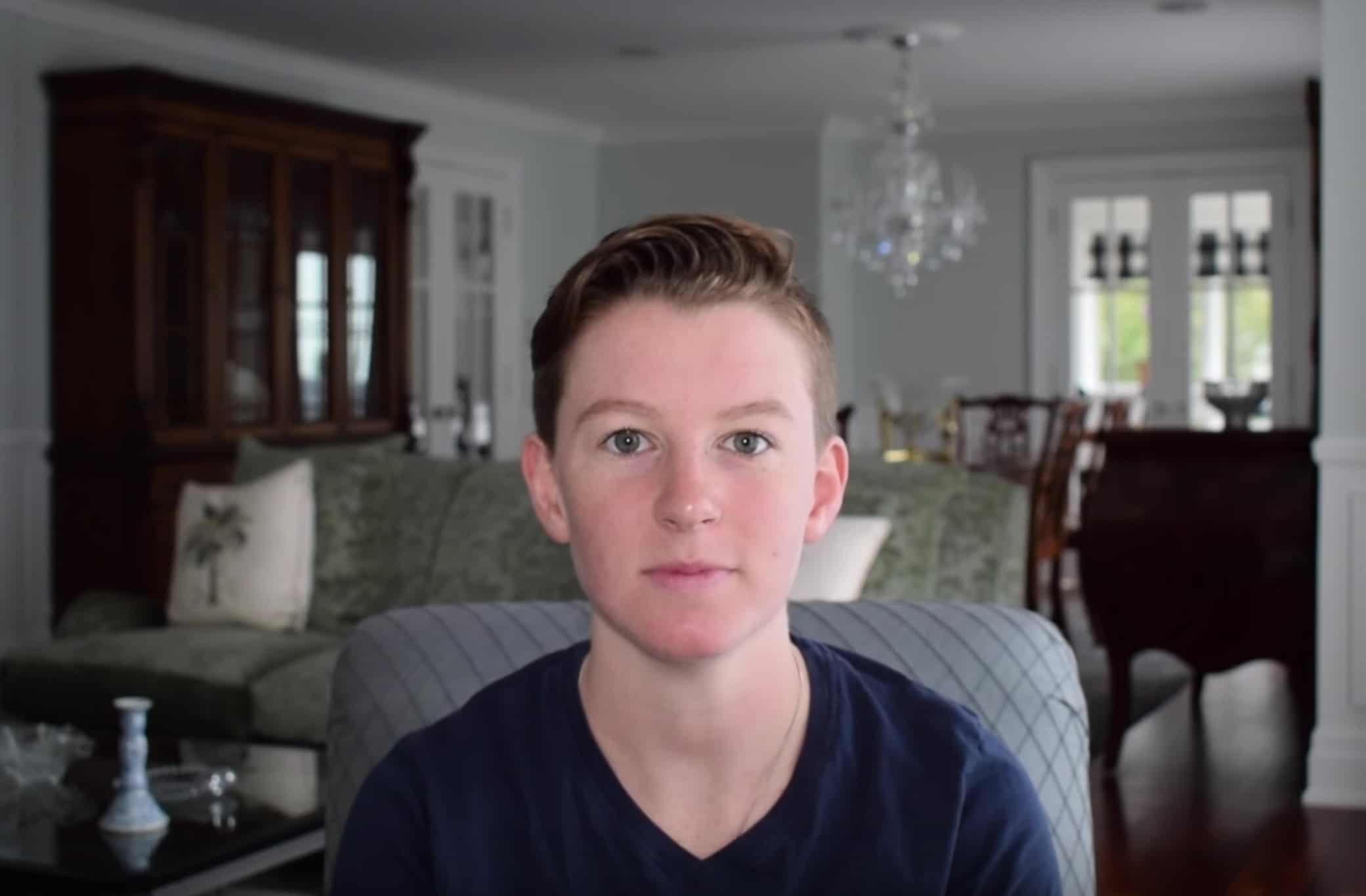Last week, Harrison Browne became the first transgender player to compete in a professional sport in America.
The National Women’s Hockey League (NWHL), which began in 2015, accepted him with open arms, as the Buffalo Beauts fans erupted in applause after his pregame introduction.
While Browne is the first transgender professional athlete, in the realm of amateur sport, Chris Mosier became the first transgender athlete to earn a spot on Team USA sprint duathlon team. He also became the first transgender athlete to pose nude in ESPN The Magazine Body Issue. However, Mosier wasn’t able to make it to the professional level because of restrictive rules that did not accommodate him as a transgender player.
In an interview with Vice, Browne referred to one of Mosier’s comments that really touched him: “He said that you don’t have to change who you are to play the sport you love. You can still be your authentic self and play the sport you love… He mentioned that you can’t play at your best when you’re thinking of other things.” Browne realized that “being called by the right name and gender pronoun is one stepping-stone to being the best player I can be.”
Throughout college and even in the pros, Browne noted widespread acceptance; he commented, “Overall my team was amazing. My coaching staff was great, too.”
In the recent weeks, numerous articles and interviews have been released regarding Harrison Browne’s emergence in the NWHL. In almost every interview, Browne was confronted with the fact that he identifies as a man, but is not medically transitioned.
His opportunity to be recognized as a man and to play in the NWHL has allowed him to further his hockey career. However league rules have halted his desire to medically transition, which he admitted is difficult in an interview with Yahoo! Sports.
“I haven’t started testosterone, I haven’t gotten surgeries… there’s no chance of me doing that or I would have been disqualified.” This limitation lends insight into how sports leagues define gender. If Browne medically transitions, the NWHL will no longer accept him because professional sport identifies gender based on biological sex.
Browne hinted at his desire to go through with a medical transition in his video: “Maybe I could continue playing, obviously not in the same league that I’m playing, but it’s possible.”
As of now, professional sports leagues across the board seem to abide by the idea that biological makeup defines gender categories. The emergence of a professional transgender athlete forces the pro sports community to reconsider this — a topic that for many years has been avoided.
In order to help clear this up, Browne released a Youtube video, where he says: “I don’t have big muscles or my voice hasn’t dropped but that doesn’t make you any less of a man, and I’m here to show you that you can be a man without going through all those things.”
There is a wealth of trans people who do not make the medical transition for a variety of reasons, including the physical and emotional tax it takes on the body. For those who can’t medically transition, recognition of Browne’s ‘he’ pronoun by the NWHL can be an enormous source of inspiration.
Although the acknowledgment of his pronoun has shown trans people that his league, teammates, and coaches can recognize him as a man, Browne still remains in the NWHL.
The ease at which Browne has been able to play in college and the NWHL is a powerful example to the transgender community. He has shown many sports lovers and athletes that any person, regardless of gender, should feel comfortable accepting who they are and be able to continue doing what they love.
However, Browne describes remaining in “limbo as a transgender man on a woman’s team.” Moreover, he still has to struggle with his decision on whether to make the medical transition that he has expressed interest in, especially considering that, based on the current rules, it would mean the end of his participation in the NWHL.


